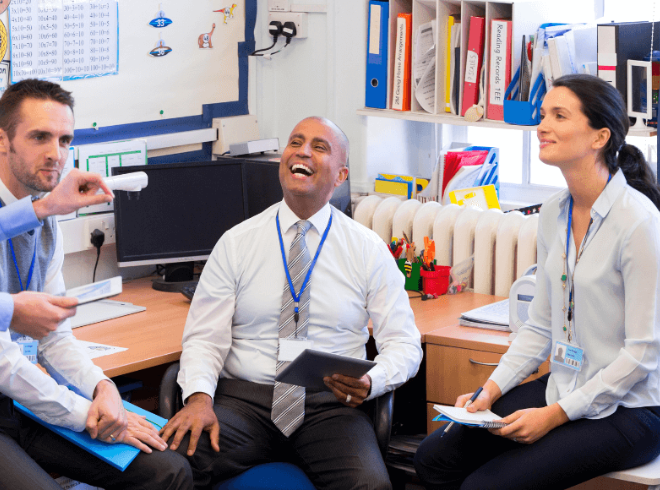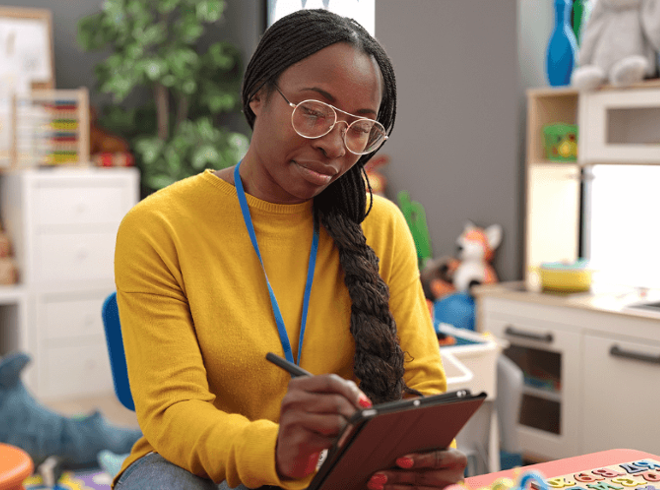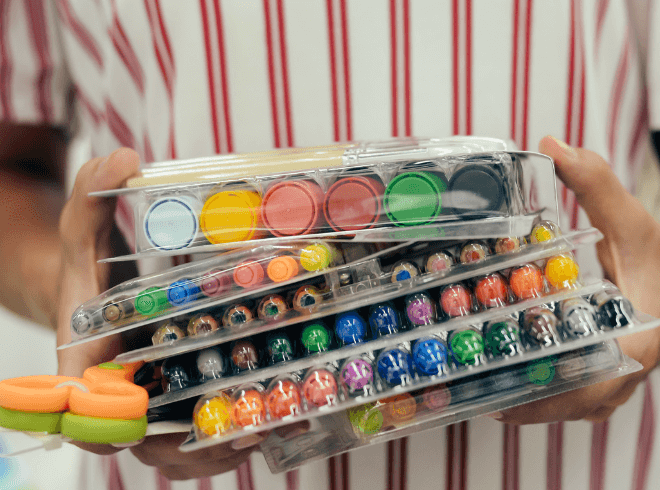Forming Community Partnerships with Schools to Drive Your Youth Program Forward
By Arly Communications on October 10, 2022
Youth programs and schools share a common goal of serving kids, families, and the community, so why not join forces to fulfill your mission? Community partnerships with schools can be a great way to provide much-needed support, secure funding, and bolster your community presence.
Let’s look at three important tips for a winning partnership strategy:
1. Do your homework.
You can start laying the foundation for a strong partnership before you submit a proposal. Put in the time and effort up front to learn about your local school district and where you can fit in.
Start with the right perspective.
Some youth programs focus on their own capabilities and strengths in partnership strategies, but your value proposition should always be in the context of how you can support the school. In other words, you want to start with the question, “How can we help this school better serve its students and the community?”
Understand the school’s goals and needs for youth programming.
To know how you can help, you need to understand the school’s desires for youth programming and its current challenges. Are there gaps between the school’s capabilities and goals that you may be able to fill? For example, maybe the school needs a partner to increase middle schoolers’ exposure to STEM, boost elementary students’ reading abilities, or provide a much-needed music program.
Learn about the logistics.
Look into the practical details that will influence the school’s willingness to become a partner. Find out what sort of program and budget structure is preferable to the school. If your program’s structure aligns with their preferences, then you’re well on your way to a potential partnership.
Want to learn about some real school and community partnerships? Watch our on-demand roundtable discussion on creating successful community partnerships.
2. Create a winning proposal.
Whether a school has put out a call for proposals or you want to reach out to see if they’re interested in a partnership, it’s smart to submit a proposal (either written or a presentation) that includes all the relevant information the school needs to make an informed decision.
A winning proposal should include information about your:
-
Program management: Include details on your program structure, such as the timing and proposed location. Discuss how you manage the logistics of your program so the school can rest assured your program will run seamlessly without creating unnecessary work for them.
-
Instructional design: The school will want to know about the academic goals and materials that guide your program. Include information about the curriculum you use and how you can tie your lessons into what kids are learning during the school day to highlight how you can enrich student's learning.
-
Measurement methods: Make sure you have a way to track program metrics and outcomes so you can include this data in your proposal. Letting a school know about successes you’ve had in the past will boost their confidence in your ability to deliver a great program.
3. Make the most of your communications.
Remember that not all partnerships happen instantly. Many partnerships between community organizations and schools form after multiple conversations and touchpoints.
Get to know the school stakeholders.
Look for opportunities to connect with the school you’re trying to partner with. When communicating in person, engage in active listening, taking the time to understand where the school administrators and other stakeholders are coming from. Remember, you want to put their needs first and position yourself as a solution that will help the school better serve students and meet goals.
Collaborate and make compromises.
As you discuss a potential community partnership with a school, you may run into areas in which the school’s preferences don’t perfectly align with yours. If there’s disagreement on foundational aspects of your program, then it’s probably not a good fit. However, on more minor points, keep in mind the end goal for both of you is to provide safe and meaningful experiences for local youth, so you should be willing to make compromises to make it work.
It’s time to form a successful partnership with your school.
If you want to make a stronger impact in your community, a school partnership is a great means of getting there. Plus, you can help the school meet its goals of better serving students and families. The benefits of school and community partnerships are far-reaching and well worth pursuing.
At Arly, we empower youth programs with the tools they need to run successful programs through our digital platform. We also provide a variety of resources to help you refine your approach. If you want to take steps to partner with your local school district, check out our free download, “The Youth Programmer’s Checklist to Successfully Partner with Schools”!









